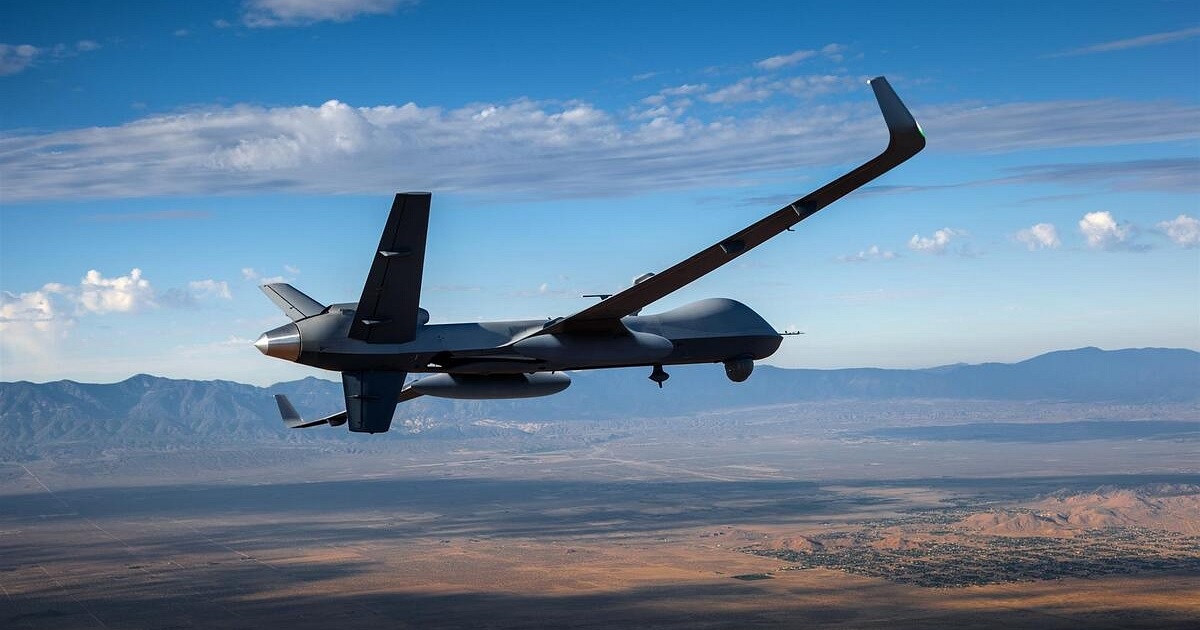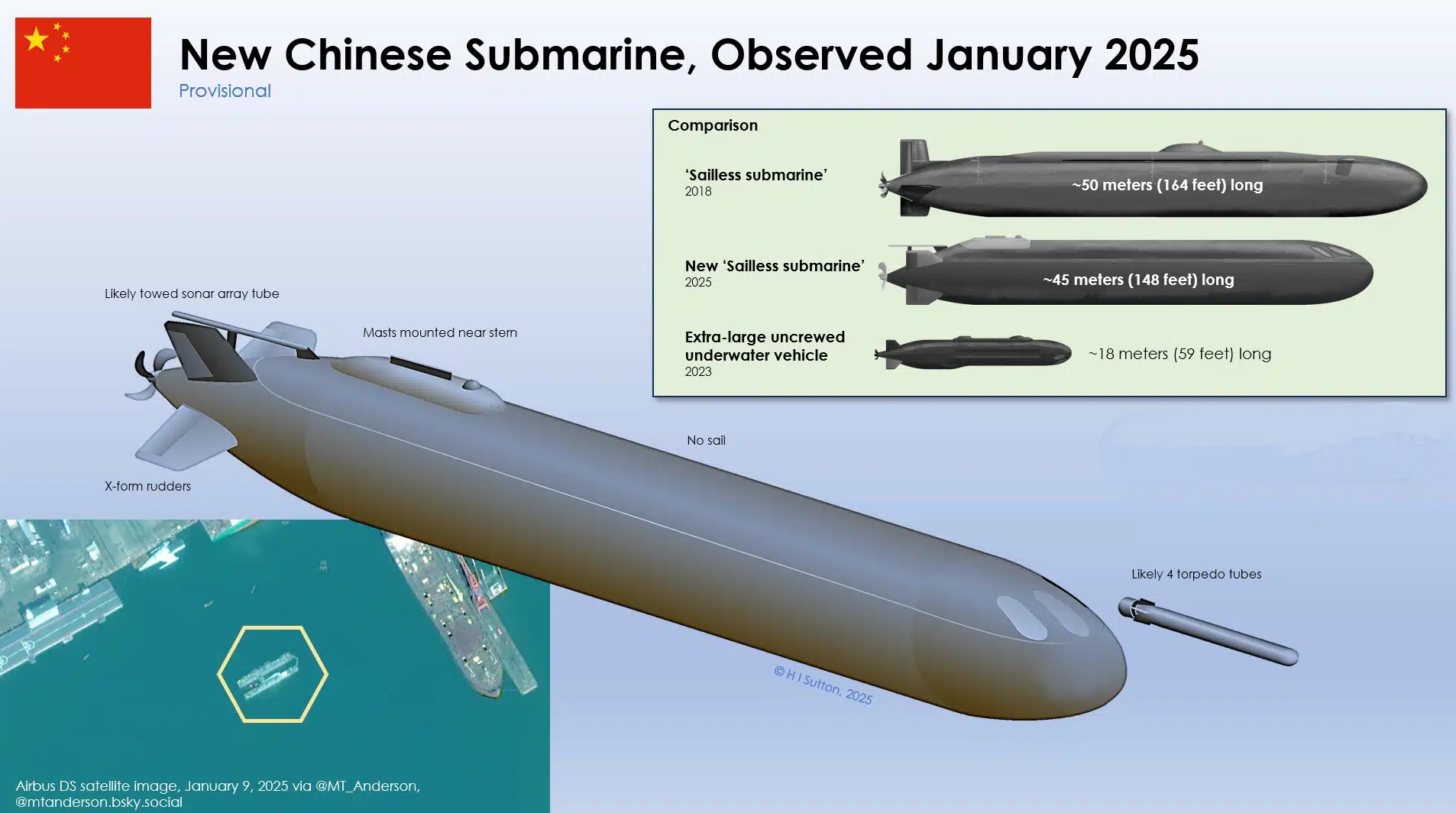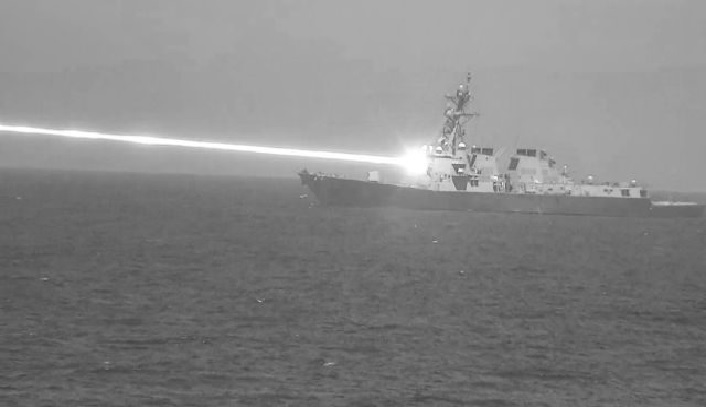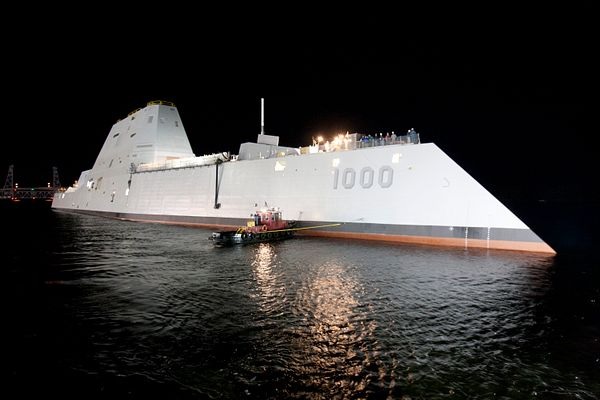BSF Seeks Approval for Advanced MALE UAVs to Strengthen Border Security Amid Rising Threats

The Border Security Force (BSF) has made an urgent appeal to the Ministry of Home Affairs (MHA) for the procurement of advanced Medium Altitude Long Endurance (MALE) Unmanned Aerial Vehicles (UAVs). The initiative comes in response to escalating challenges posed by cross-border infiltration, smuggling, and other illicit activities along India's extensive and varied borders.
Why MALE UAVs Are Critical
India's borders, spanning thousands of kilometers across diverse terrains, present unique surveillance challenges. The BSF's current drone fleet, though effective for localized operations, lacks the endurance and payload capabilities required for comprehensive monitoring. MALE UAVs, on the other hand, offer game-changing advantages:
- Prolonged Endurance: These UAVs can remain airborne for over 24 hours, enabling continuous surveillance without interruptions caused by refueling or battery changes.
- Medium Altitude Capability: Operating at altitudes of 10,000–30,000 feet, they can cover vast areas while staying out of reach of most small arms fire.
- Advanced Payloads: Equipped with high-resolution electro-optical cameras, thermal imaging sensors, synthetic aperture radar, and even communication intercept systems, they can effectively detect and track suspicious activities in real-time.
- Weather Resilience: Their ability to function in diverse weather conditions ensures consistent monitoring, even during fog, rain, or low-light situations.
The Current Security Landscape
Recent incidents of smuggling via drones and increased cross-border infiltration from Pakistan and Bangladesh have highlighted the need for a technological leap in border surveillance. Smugglers and infiltrators often exploit the limitations of ground-based patrols, which can struggle to monitor vast and difficult-to-access areas effectively. The BSF has emphasized that MALE UAVs could provide critical situational awareness in these high-risk zones, particularly along the Indo-Pakistan border in Punjab and Jammu and the Indo-Bangladesh border in Assam and West Bengal.
Specifications of Proposed UAVs
The BSF has proposed the acquisition of platforms similar to Israel's Heron TP or the U.S.-manufactured MQ-9B SeaGuardian. Both these UAVs are highly regarded for their advanced capabilities:
- Heron TP: This Israeli UAV boasts an endurance of up to 30 hours and can carry payloads exceeding 450 kg. It is equipped with multi-sensor imaging systems and can operate in a satellite communication (SATCOM)-enabled environment.
- MQ-9B SeaGuardian: Known for its maritime surveillance capabilities, this UAV offers a range of over 6,000 nautical miles, advanced radar systems, and the ability to integrate seamlessly with existing surveillance networks.
Challenges and Road Ahead
The procurement of MALE UAVs involves significant financial investment, with each unit costing millions of dollars. In addition, integrating these UAVs into the BSF's operational framework will require trained personnel, infrastructure upgrades, and compatibility with existing surveillance systems.
Despite these challenges, the Home Ministry recognizes the strategic importance of MALE UAVs in safeguarding national borders. Officials are currently evaluating the cost-benefit analysis, with a decision anticipated in the coming months. If approved, this move could mark a major milestone in modernizing India's border security apparatus and addressing evolving threats effectively.
A Step Toward Enhanced National Security
The BSF's request for MALE UAVs underscores the growing importance of leveraging cutting-edge technology to counter increasingly sophisticated threats. With their unmatched endurance and advanced capabilities, these drones could significantly enhance India's ability to monitor, detect, and respond to border-related challenges, ensuring greater national security in the years ahead.



